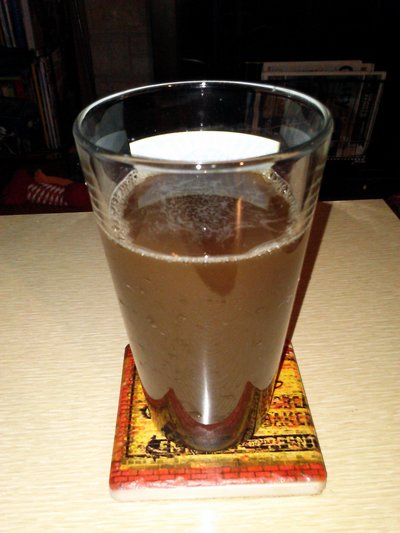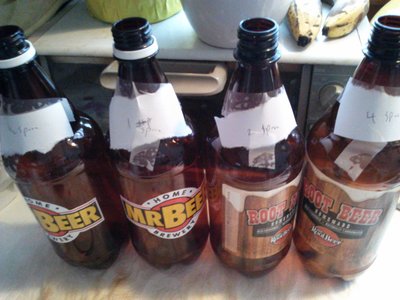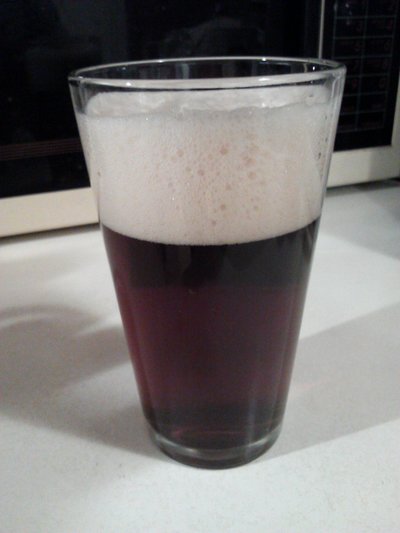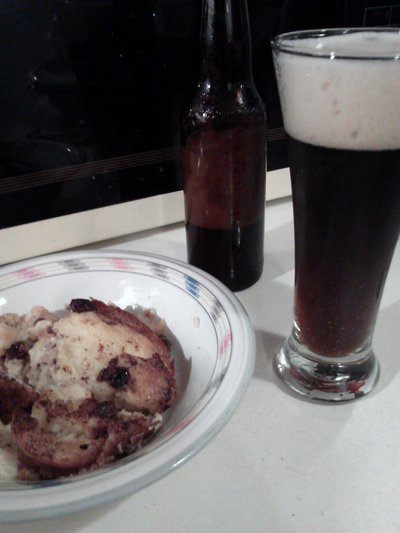Comments: It's been awhile since I last posted as I was having issues uploading pictures to my blog. If you go back to my last entry in making Schwarzbier in December you will see how this started. This entry shows results of my non-cooked, true cold brewed beer. I've also made a nice discovery in creating barley beers with a nice creamy texture.
A. Uncooked Cold-Brewed Schwarzbier Results
See the 12/15 entry: "Cats Destroyed Our Christmas Tree But I Can Recreate This Holiday Schwarzbier"
Review my past blog article to see that I was infusing the grains with a soak for 16 hours in my custom Munich water. I recall the AHA did a test for a cold-soaked beer but I can't locate it at this time.
I could tell the cold brewed beer had dark grains it, but it was a green beer as the taste of tomato vegetable juice came through like a V-8 I used to drink years ago. I may try to ferment it longer next time. I'm looking at herbs that will hold back the spoiling of the beer. More testing is needed and I think this is worth the try.
B. Yeast Discovery of the Schwarzbier
The remainder of the grains were cooked with the "Satz" method of brewing. Review the same Schwarzbier entry. I found that the bottles containing 1 dinner spoon of yeast acted completely contrary to my previous batches. A lot of homebrewers have been looking for lots of foam and a beer lace that coats the glass after you drink it. I used 1 quart bottles from Mr. Beer to test various levels of yeast for a 1 gallon batch. The quart bottle that had 2 dinner spoons of yeast (approximately 1 tablespoon) acted normal with thick foam and the beer lace coating the glass. The bottle that 1 dinner spoon of yeast (1/2 tablespoon) was an unexpected discovery: an incredible creamy texture that even my wife claimed was good. She gives it to me straight so I know I impressed her.
C. Cooked Schwarzbier Impressions
Overall, the Satz method was unimpressive except that it did create the creamy texture I've never gotten from a barley beer. The other bottles didn't come close to the creamy texture that the one bottle exhibited. I always thought you needed to use wheat malts to get this creamy texture. This beer comes close to Fred Scheer's grandfather's recipe, but Scheer called it Frankenmuth Dark as he served it at the Frankemuth Brewery. All my research has really paid off in cloning this tasty brew.
D. Food Pairings
Randy Mosher is true in his recommendations that this beer should be paired with bread pudding. I make a homemade bread pudding using our Betty Crocker cookbook. This was excellent and I just needed to find the perfect movie to go with this great food and drink.





 RSS Feed
RSS Feed
